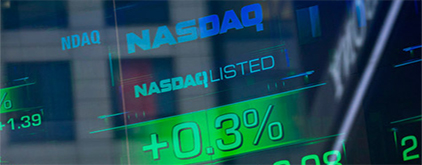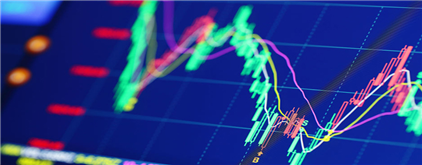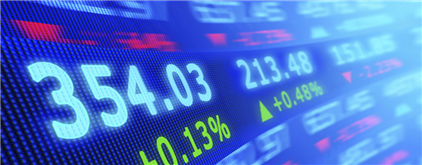After a pronounced selloff on Friday (Aug. 2), U.S. indices continue to fall in the premarket on Aug. 5, with the technology-laden Nasdaq Composite index down 800 points or 4.50%.
The benchmark S&P 500 index is down nearly 3% ahead of markets open and the blue-chip
Dow Jones Industrial Average is 750 points or 2% lower after losing more than 600 points at the end of last week.
The selloff in North America comes amid a pronounced downturn in equities overseas. Japan’s Nikkei 225 is down 12% on the day for its worst performance since the Black Monday stock market crash of 1987.
The selloff appears to have been sparked by growing fears that the U.S. economy is entering a recession following weak manufacturing and labour market data last week.
There are also concerns that the U.S. Federal Reserve is lagging when it comes to cutting interest rates after the central bank decided to hold rates steady at its last meeting.
Stocks tied to artificial intelligence (AI) appear to be taking the biggest hit in the current selloff, with shares of chipmaker Nvidia (NVDA) down 9% and Apple (AAPL) down 8%.
In Japan, the stock market looks to have entered a bear market with the Nikkei’s loss of 4,451.28 points being its largest one-day loss in terms of points in its history.
In Europe, the benchmark Stoxx 600 index was down nearly 3% on the day in London trading.
Elsewhere, U.S. Treasury yields fell on recession fears as investors rush into the safety of government bonds. Bond yields move in opposition to prices.
The price of Bitcoin (BTC), the largest cryptocurrency by market capitalization, is down 14% and its price has dipped below $50,000 U.S. for the first time since February of this year.
The CBOE Volatility Index has spiked above 53, it’s highest level since the early days of the Covid-19 pandemic in March 2020.
The Nasdaq in the U.S. has now declined for three consecutive weeks, bringing the tech-laden index down more than 10% from a record high reached in July of this year and putting it into a correction.




